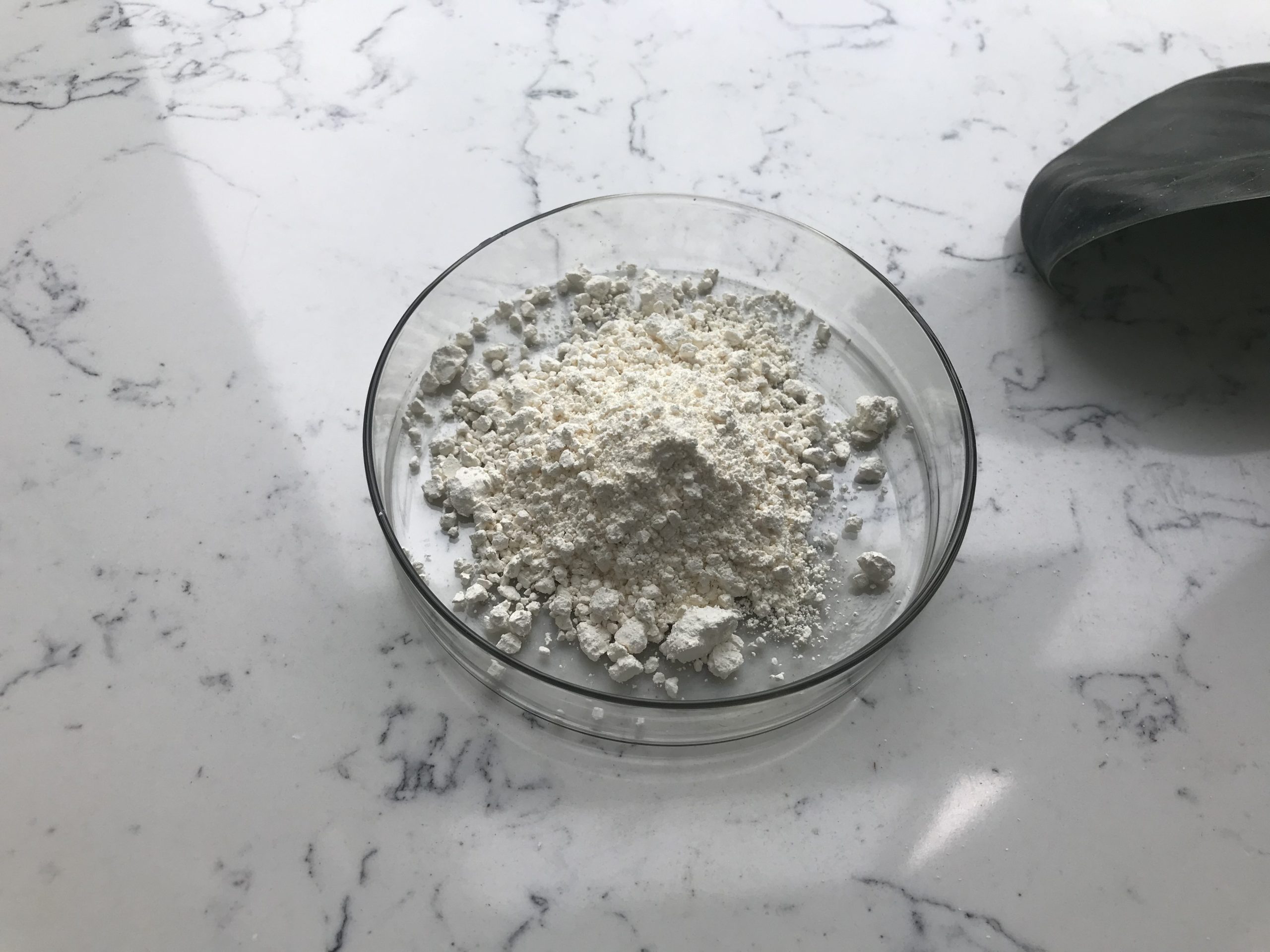Natamycin is a natural antifungal agent commonly used in the food industry to inhibit the growth of mold and yeast on various food products. It is generally recognized as safe (GRAS) by the U.S. Food and Drug Administration (FDA) when used in accordance with good manufacturing practices. Below, I’ll outline the materials and methods typically associated with the use of natamycin:
Materials of Natamycin:
1.Natamycin: The primary material is the natamycin itself, which is a polyene macrolide antibiotic produced by the bacterium Streptomyces natalensis. It is commercially available in various forms, such as powder or liquid.
2.Food Products: Natamycin is used in a wide range of food products, including cheese, yogurt, baked goods, sausages, and more. The specific food product you are using will determine how natamycin is applied.
3.Solvent (if necessary): In some cases, natamycin may need to be dissolved in a suitable solvent to facilitate its application.
Methods of Natamycin:
1.Dilution and Preparation:
- Measure the required amount of natamycin based on the product and desired concentration.
- If needed, dissolve natamycin in an appropriate solvent. The choice of solvent may depend on the specific food product and its compatibility with natamycin.

2.Application:
- Natamycin can be applied directly to the surface of the food product or incorporated into the product during processing, depending on the specific application and regulatory guidelines.
- For cheese, natamycin can be sprayed or applied in a water-based solution during or after the cheese-making process to prevent mold growth.
- For baked goods, natamycin can be applied as a thin coating or dusted onto the surface.
- Follow the manufacturer’s recommendations for the appropriate dosage and application method.
3.Mixing and Blending:
- If incorporating natamycin into a food product, ensure thorough mixing or blending to distribute the natamycin evenly.
4.Storage and Packaging:
- Store natamycin-treated food products under recommended conditions, including temperature and humidity, to maintain their quality and shelf life.
- Package the products in a manner that prevents contamination and preserves the effectiveness of natamycin.
5.Regulatory Compliance:
- Ensure that the use of natamycin in food products complies with relevant regulatory guidelines and maximum residue limits established by local authorities.
6.Labeling:
- Properly label the food products containing natamycin to inform consumers and comply with labeling regulations.
It’s essential to follow the manufacturer’s instructions and any applicable regulations when using natamycin in food processing to ensure its safe and effective use while maintaining product quality. Additionally, consult with food safety experts and regulatory authorities to stay updated on any changes in guidelines or requirements.
